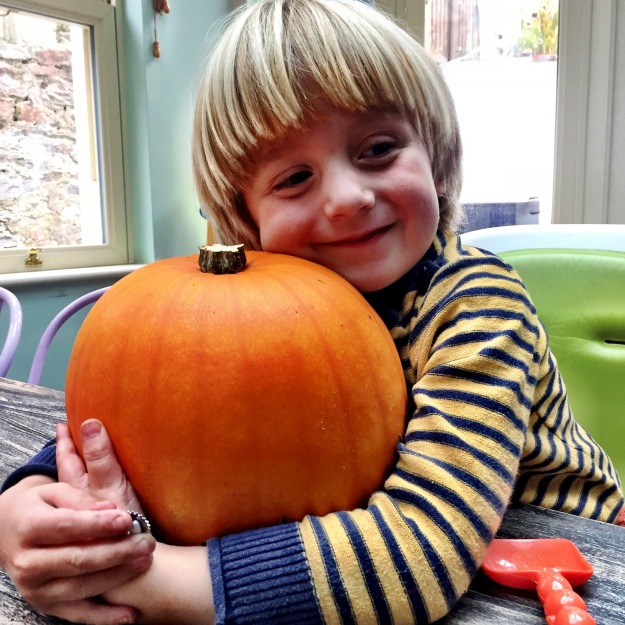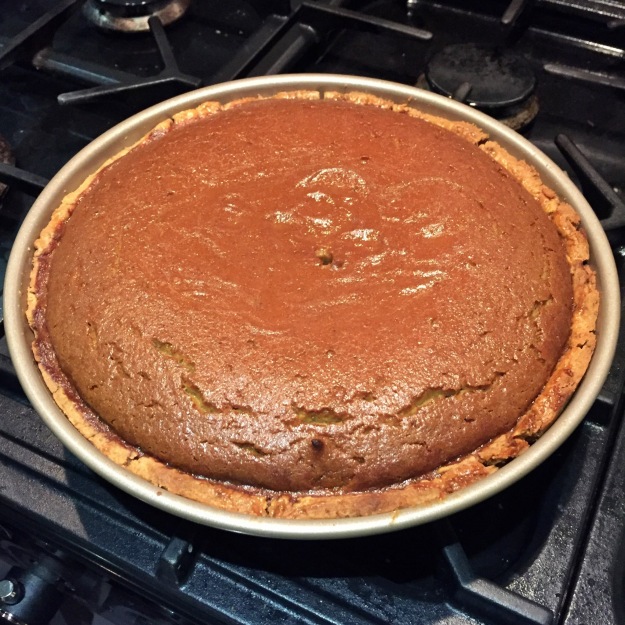I have been working on two pieces of writing this week. My December resolution seems to have done the job, and whilst I haven’t written every day I have relished that blissful state of being immersed in creative writing – though interestingly both pieces have their roots in fact.
One more solidly so: each year at around this time since Arthur was almost one I have written a book about the previous twelve months – lots of photos, and words that attempt to capture the essence of his adventures and how he has grown.

The first was a chunky board book made by a company in the states. I couldn’t actually find anyone who would create a custom one off in the UK (business opportunity anyone?), so that was pretty expensive… The next two I made myself using blank board book templates. Totally achievable, especially with some sticky-backed printer paper, but more than a little time-consuming.
This year I really couldn’t face the logistics of actually putting the book together, and now that Arthur is old enough that chewing books isn’t generally in his repertoire I figured a standard paperback would be fine. So I went to Blurb, and used their very excellent software to put this year’s book together. It would have been almost entirely painless had I not left it until the last day for ordering to get it delivered in time…
I can’t wait to see it, and to read it with him. It’s interesting for me seeing how these books are developing year on year: there’s a lot of rhyme, and more so this year just because there’s more text in general. There’s also definitely more imagination creeping in, reflecting Arthur’s cognitive growth and understanding. I think as he gets older the foray into metaphors might be quite fun – and there will still be the base pleasure for him of a story that is based on his own experiences.
The second piece I’ve been writing this week is too, in a way. It was inspired by something Arthur said to me a little while ago – actually woke me up with, as in crept into my room and whispered it into my ear whilst I was still half-asleep. He said “I dreamt this house was the Millennium Falcon, and outside was the entire galaxy”.
Recalling that now I guess I could have taken the story it inspired into a whole intergalactic sci-fi direction, but in fact the world it brought to mind (particularly in the context of those sleepy mornings) was one where a mother and son were trapped, facing seemingly unsurmountable challenges together.
It has an aura of Room about it, but it’s actually closer to 28 Days Later – without the zombies. I really enjoyed the process of writing from a very intimate, domestic starting point and through my characters (who are not exactly me and Arthur) discovering a whole other backdrop to their existence that I had no clue about when I began.
I took the time to plan once I started to realise what was going on, though, so I think I know where things are headed now. One, or maybe two, more sessions and I should have a first draft done – and I’m quite excited about crafting this piece into something submittable.
It’s all been a wonderful reminder of how utterly inspiring hanging out with a little person all day really is. There is no doubt that it’s hard work, and sometimes I find myself wishing that I had more hours in the day that were not filled up with the mundanity of family life.
But it took having a child to finally empower me to realise my dream of becoming a writer: and when I take a moment to stop and reflect on just how magical that child is it is not hard to understand why.

































